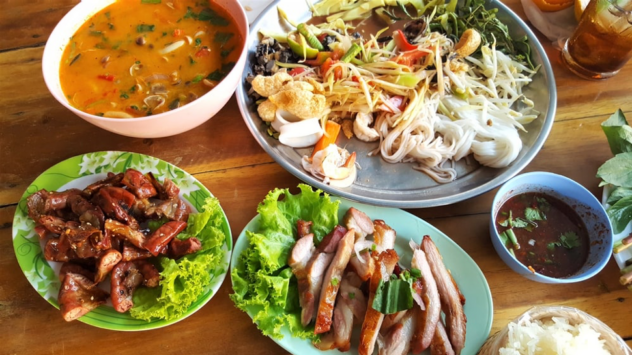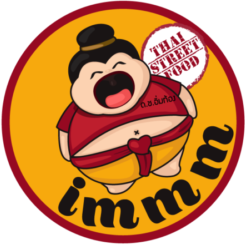Discovering Thai Culture Through Its Food

For most of us, thinking about food mainly involves deciding whether or not we like a dish’s taste and health benefits. But even though we do eat to satisfy our palates and nourish our bodies, food goes beyond flavor, since it’s a gateway to a country’s culture.
Behind each recipe is a story of history, values, and community — and the famous and flavorful cuisine of Thailand has a unique story to tell. Let’s take a bite into it to discover the rich flavors of Thai culture.
Thai Cuisine Has Unique Influences
Some of the most popular dishes in Thai cuisine are prepared by stir-frying, like Pad Thai and Fried Rice (Kao Phad), or deep-frying like Thai-Style Fried Chicken (Gai Todd) and Thai Curry Puffs. But did you know that these cooking techniques can be traced back to the Ancient Chinese? Indeed, Chinese migrants settled in the country between the 8th and 10th centuries. It’s they who introduced the country to stir-frying and deep-frying — along with soy sauce, too.
Have you ever wondered why Thai food is so spicy? The country’s love affair with chili began when Portuguese merchants arrived in the 15th century and brought the pepper with them. These influences in Thai cuisine just go to show how history has shaped the way food is prepared and eaten.
Thai Cuisine Is Built on Social Relationships
If you’re curious as to why Thai meals are served in such large portions, it’s because eating is a social affair for Thai people. One of the main reasons behind this is that Thai people value their relationships deeply. In Thailand, family always comes first, so eating alone or without them is a sign of disrespect. Another reason is that Thai people love to have fun. Eating is an opportunity to get together and enjoy each other’s company — and the food too, of course.
Rice Is an Integral Part of Thai Cuisine
Whether they’re feasting on their signature street food, Thai Lunch Plate (Khao Rad Gang), or delighting in the delectable mango sticky rice dessert (Kao Neaw Ma Muong), rice is deeply ingrained in Thailand’s food culture. Plus, even Thai noodles are made from rice. You’ll see — or taste — that rice is the central part of practically every dish.
 It goes without saying that how they cook their rice is just as important. Traditionally, Thais usually leave their sticky rice to soak overnight, before it is steamed in a basket crafted from bamboo, called a TeeNeung Khao Neow. Of course, there are modern ways to cook rice too, as shown by numerous appliance reviews on this website. Particularly, there are rice cookers that can help you achieve the same signature, fluffy consistency. Just be sure to follow the correct settings and water-to-rice ratio, so that you can taste why Thai cuisine is crazy about this ingredient’s chewy texture.
It goes without saying that how they cook their rice is just as important. Traditionally, Thais usually leave their sticky rice to soak overnight, before it is steamed in a basket crafted from bamboo, called a TeeNeung Khao Neow. Of course, there are modern ways to cook rice too, as shown by numerous appliance reviews on this website. Particularly, there are rice cookers that can help you achieve the same signature, fluffy consistency. Just be sure to follow the correct settings and water-to-rice ratio, so that you can taste why Thai cuisine is crazy about this ingredient’s chewy texture.
Thai Markets Are the Heart of Their Food Culture
In Thailand, you’ll spot a market in nearly every corner. However, Thai markets are more than just a place to purchase groceries, as it’s the place where Thai cuisine really comes to life. At its core, these markets are where people gather to pass down recipes, cook their favorite dishes, and share them with the community. In fact, some of the best spots to eat are at Taling Chan Floating Market and the Wang Lang Market.
Intrigued by the fascinating flavors of Thai cuisine and culture? You can have a taste of what Thailand is all about at Immm Rice & Beyond. Always prepared with love, care, and soul, the array of authentic and appetizing Thai dishes will have you feeling like you’re in Thailand with every bite.
Exclusively written for: hgn.314.myftpupload.com
By: Jemma Bride

